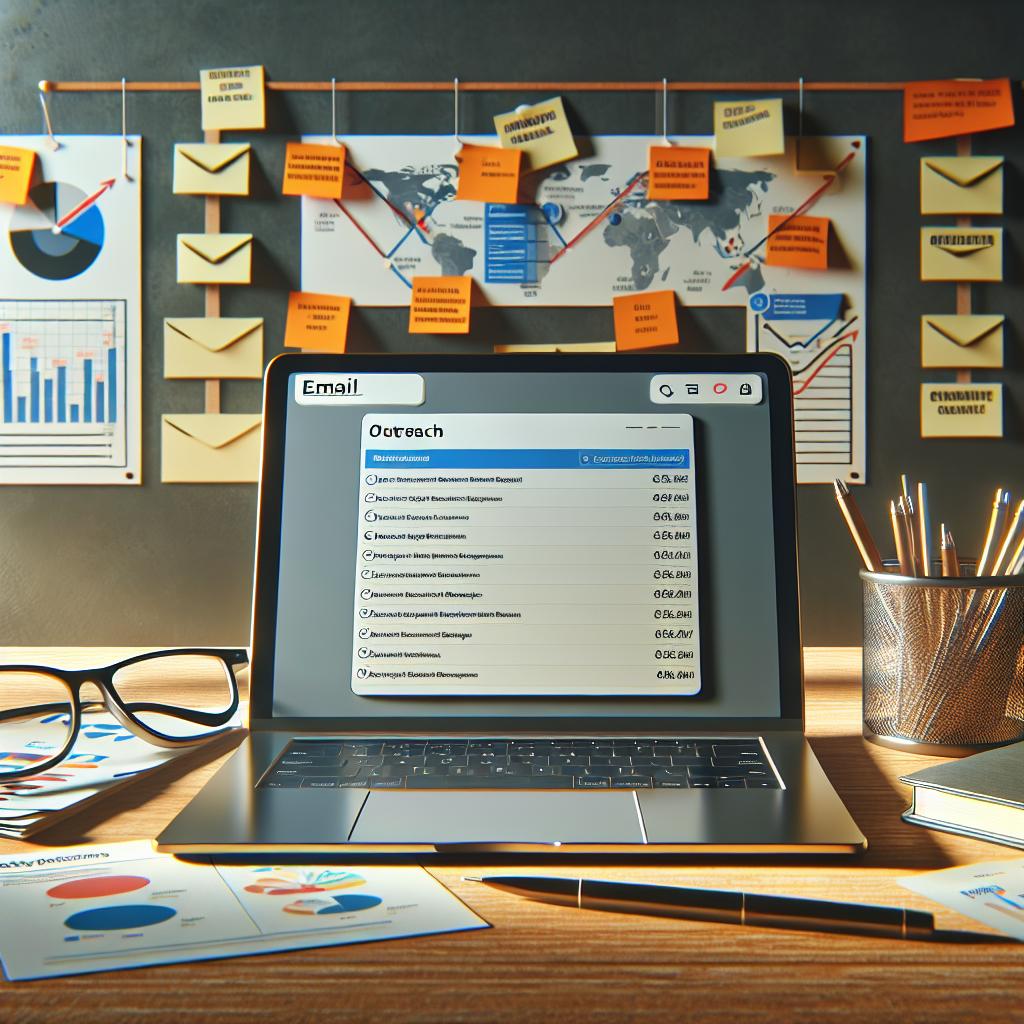How Can You Harness the Power of Email Segmentation to Increase Your Digital Marketing Effectiveness?
Email segmentation is a powerful strategy that can significantly enhance your digital marketing effectiveness. This approach allows marketers to personalize their communications and deliver more relevant content to specific groups of recipients. By dividing your email list into distinct segments, you can optimize engagement rates, boost conversions, and build stronger relationships with your audience.
The Importance of Email Segmentation
To understand the impact of email segmentation, it’s essential to grasp the concept of effective communication. Most consumers receive multiple emails daily, making it easy for your messages to get lost in the clutter. By utilizing segmentation, you can cut through the noise. Tailored emails can lead to higher open rates, click-through rates, and overall campaign success.
What is Email Segmentation?
Email segmentation involves dividing your email contacts into smaller groups based on shared characteristics or behaviors. These segments can be based on:
- Demographic information (age, gender, location, etc.)
- Purchase history (previous buys, spending behavior)
- Engagement metrics (open rates, clicks)
- Interests and preferences (based on surveys or past interactions)
By tailoring your messages to these specific segments, you deliver value. Instead of generic content, recipients receive targeted information that resonates with them.
Types of Email Segmentation
Email segmentation can take various forms based on the goals of your marketing strategy. Here are some common types:
Demographic Segmentation
Dividing your audience by demographic data can help deliver tailored messages. For example, content marketing targeted to a specific age group may promote different products or services than those aimed at another demographic. Utilize age, gender, profession, or location to make your marketing efforts more effective.
Behavioral Segmentation
This type of segmentation relies on user behavior, such as purchase history or website interactions. Segmenting based on this data allows you to send timely follow-ups or promotional emails that align with your audience’s previous actions, increasing the likelihood of engagement.
Interest-Based Segmentation
Understanding your audience’s interests plays a crucial role in effective segmentation. By assessing survey responses or past interactions, you can group subscribers according to their specific preferences and tailor content that appeals directly to their interests.
Lifecycle Stage Segmentation
Each customer goes through various stages in their buying journey. Segmenting based on where a customer is can help you address specific needs efficiently. For example, new subscribers may require a welcome series, while returning customers could receive loyalty offers.
Benefits of Email Segmentation
Implementing email segmentation offers numerous advantages that directly contribute to improved marketing effectiveness:
Higher Open and Click-Through Rates
Segmentation increases personalization, thus enhancing the likelihood of your emails being opened and engaged with. Tailored subject lines and content attract more attention than generic titles.
Improved Conversion Rates
When subscribers receive relevant offers, they are more inclined to make purchases. Segmentation ensures that the right message reaches the right person at the right time, facilitating conversions.
Lower Unsubscribe Rates
When recipients find value in your emails, they are less likely to unsubscribe. By sending targeted content that resonates, you foster a loyal subscriber base.
Enhanced Customer Relationships
By consistently delivering relevant content, you build trust with your audience. Stronger customer relationships lead to long-term loyalty and repeat purchases.
Implementing an Email Segmentation Strategy
To harness the power of email segmentation effectively, follow a structured approach:
Step 1: Analyze Your Data
Begin with analyzing your existing email list. Understand the collected data points and identify segments based on the criteria mentioned earlier. Keep in mind the more targeted your segments, the more effective your campaigns will be.
Step 2: Define Your Segments
Create clear and actionable segments based on the data analysis. Decide what types of content you will send to each segment. Detailed planning is crucial here to ensure your efforts yield optimal results.
Step 3: Tailor Your Content
Once you have defined your segments, tailor your content accordingly. Customize subject lines, body text, and even call-to-action buttons to resonate with each specific group. Focus on crafting messages that will appeal to their interests and needs.
Step 4: Test and Iterate
Implementation is just the beginning. Test various aspects of your segmented email campaigns, from subject lines to content. Monitor performance metrics closely and be prepared to iterate based on the insights you gather.
Step 5: Monitor and Adjust
Continuously analyze the performance of your segmented campaigns. Use metrics like open rates, click-through rates, and conversion rates to determine the effectiveness of your strategy. Adjust your segmentation and content as needed based on feedback and engagement.
Challenges of Email Segmentation
While email segmentation offers substantial benefits, it is not without its challenges. Consider the following common issues:
Data Management
Maintaining accurate and updated data is crucial for successful segmentation. Poor data quality can lead to irrelevant messaging and dissatisfied subscribers.
Over-Segmentation
While specificity is essential, over-segmenting can lead to inefficient management and complicate your marketing efforts. It can be counterproductive when your segments are so small that reaching them becomes impractical.
Resource Intensive
Implementing an effective segmentation strategy requires time and effort. It involves data analysis, content creation, and ongoing performance monitoring, which can be overwhelming for smaller teams.
Conclusion
Email segmentation is a potent tool for improving your digital marketing effectiveness. By understanding your audience and tailoring your communications, you can increase engagement and drive conversions. Though challenges exist, the rewards are worth the effort. **Empower your marketing strategy today through effective email segmentation**.






